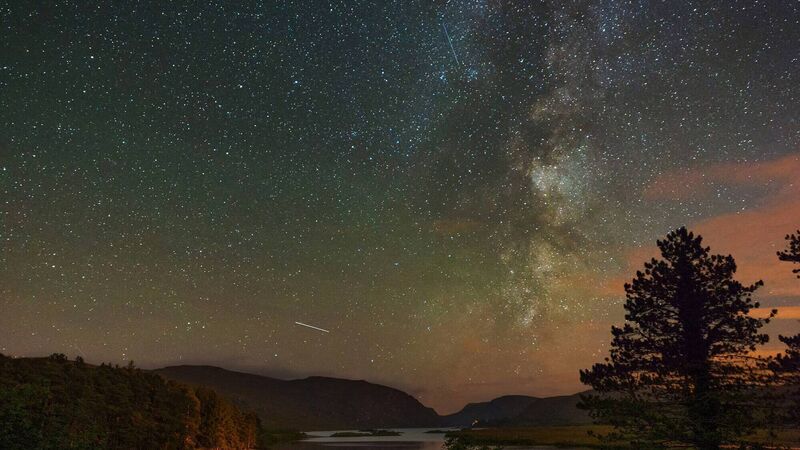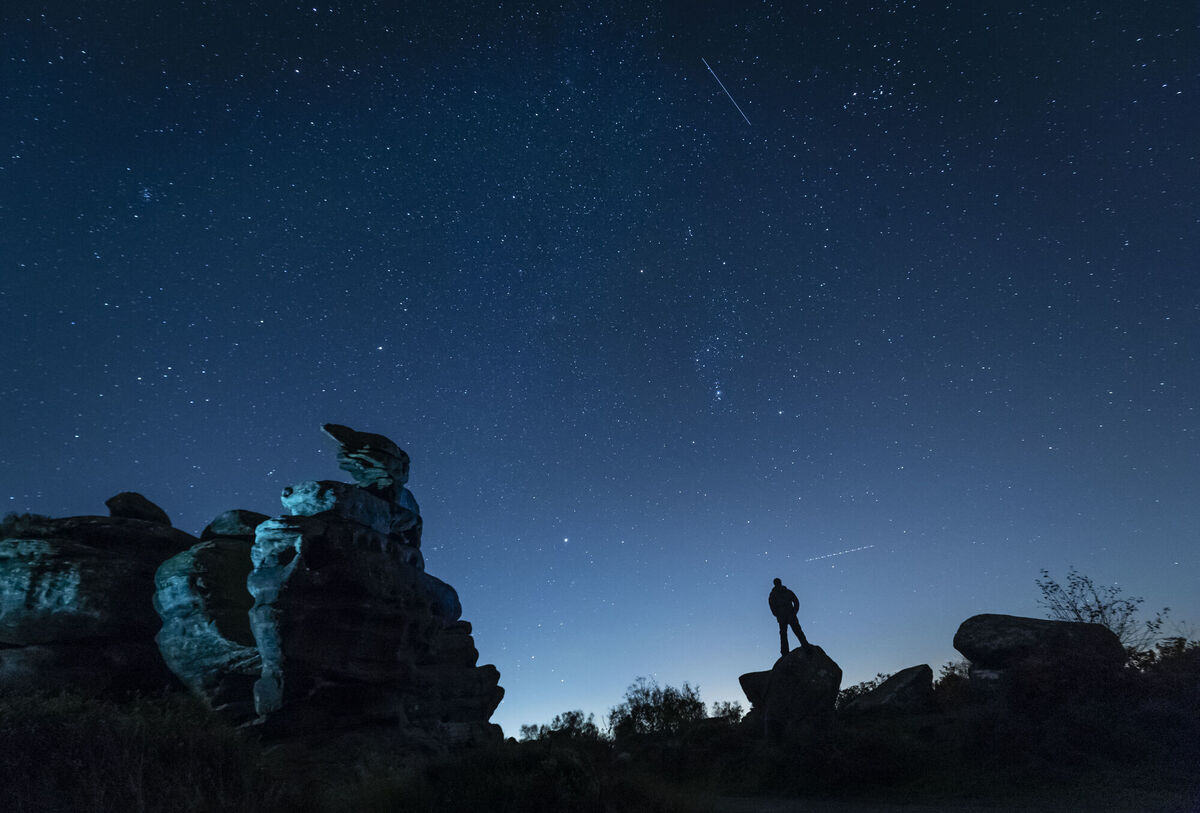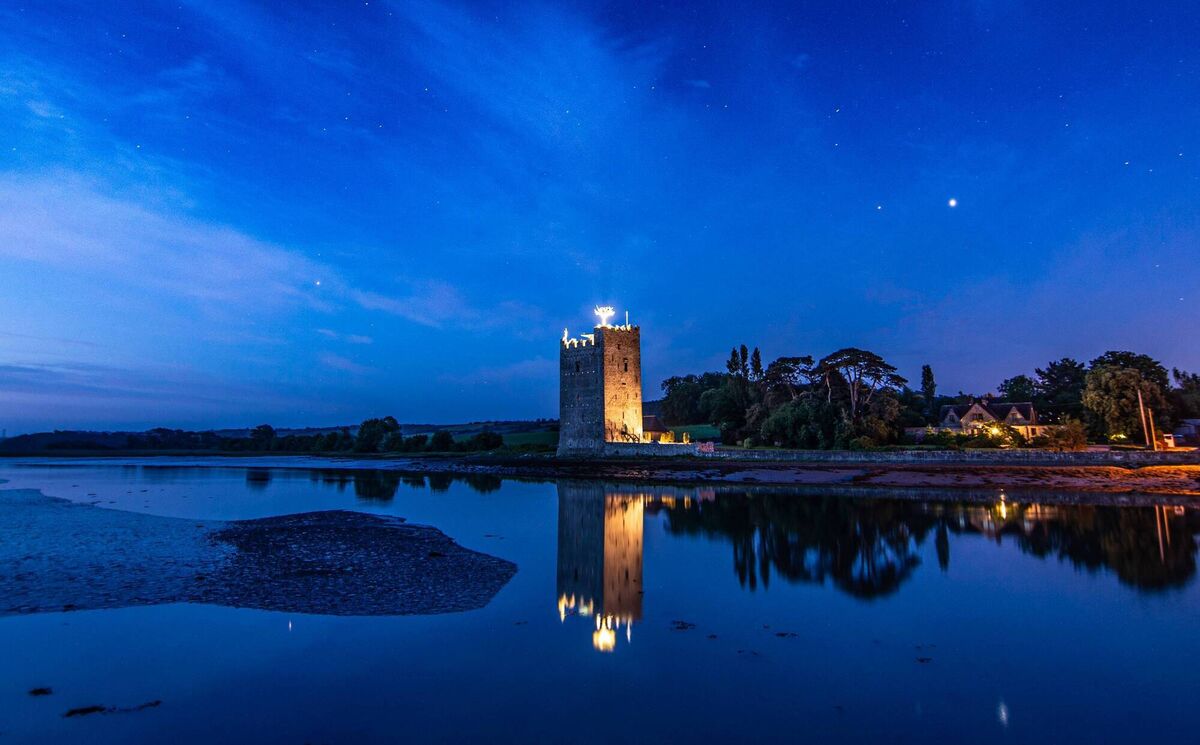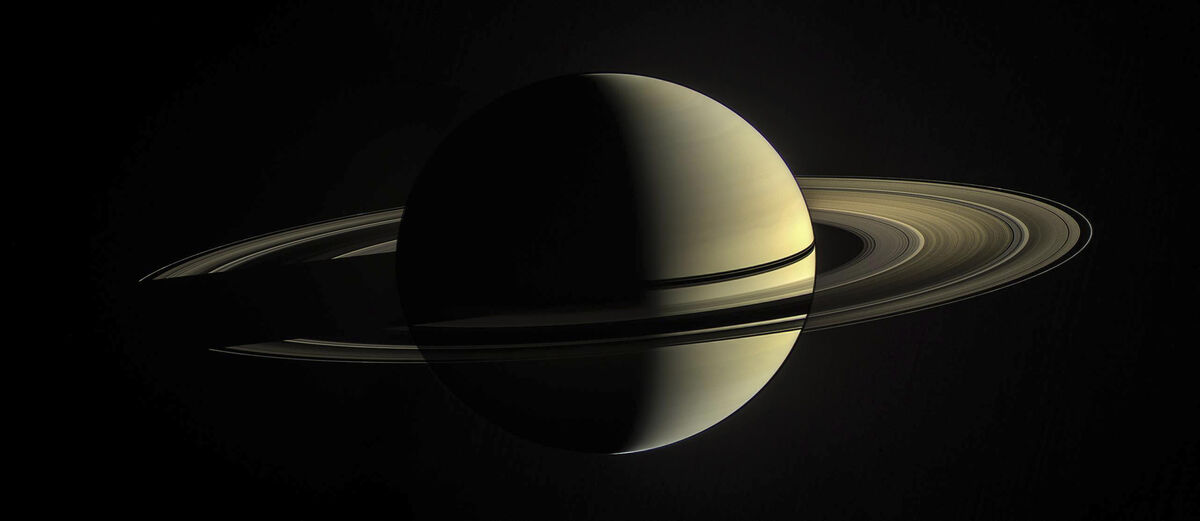Sky Matters: This week's supermoon the first of October's interesting night skies

On October 21 the Orionid meteor shower peaks. One of the fun things about watching the Orionids, true for any meteor shower, is their unpredictability
October’s skies are full of interesting celestial events that don’t require registration, payment, or queuing to enjoy. Perhaps a small bit of travel if you live in a brightly-lit area, but your carbon footprint doesn’t need to rise precipitously to enjoy the skies above.
On October 7 there’s a full moon which also somewhat unfortunately carries the title of 'supermoon' — one of three between now and Christmas.
I say “unfortunately” because the moon goes through many incarnations each month that are all 'super' in their own way and all worth observing.
For example, on October 25 at around 7pm a narrow crescent moon will be visible around 7pm as it dips towards western horizon, giving an almost ethereal perspective... a real sense that we are linked to a nearby cosmic neighbour. Don’t miss it!
On October 21 the Orionid meteor shower peaks. It’s the result of the earth passing through debris left behind by the most famous of all comets, comet Halley. The debris consists of small particles of dust and ice, though every now-and-again there may be collisions with pebble-sized particles which produce spectacularly bright meteors.

One of the fun things about watching the Orionids, true for any meteor shower, is their unpredictability. You might be lucky and see a batch of bright ones, some showing colours as they vaporise high up in the Earth’s atmosphere. It’s easy to make looking for meteors a game for everyone in the family, with each member looking in a different direction. This game is, however, prone to an exaggeration of the numbers observed and since meteors last for typically a second or less there’s no way to check back!
The Orionids generally produce 12–20 meteors per hour, but that number can sometimes be much higher. This year the moon will be almost new, meaning it won’t brighten the skies and wash out fainter meteors. The best viewing is with just your eyes, giving them time to adapt to the dark — ideally 15-20 minutes. And if you have a location away from immediate bright lights that will also help.

While dark skies make it easiest to see the Orionids, don’t be put off by not having access to a pristine location. It’s also worth noting that Orionids can appear anywhere in the sky, and that facing the direction with the least light pollution is therefore your best observing strategy.

Throughout the month of October the planet Saturn is visible as a bright yellow star-like object in the southern sky throughout the night.
Earth and Saturn are at their closest at the moment, which accounts for the current brightness of this ringed gas giant.
However, the usually spectacular rings are almost edge-on at the moment, so if you look at Saturn through a telescope you may struggle to see them. Although the rings extend up to 80,000 km away from Saturn they are, incredibly, only about 10 metres thick. This explains why they seem to disappear when they’re edge-on. You’ll have to wait another 5-7 years before the rings are at their most visible.
If you do have a small telescope it’s possible to see Titan — the largest moon of Saturn. It may only appear as a faint dot, but it’s the only world other than our own which has clouds and rain and rivers, lakes, and oceans. These are not composed of water, but rather methane and ethane at a temperature of -150°C!
This would suggest that Titan is uninhabitable, which it is to life as we know it, but it also may have a subsurface ocean of liquid water and ammonia. That’s important, because the methane on the surface may make big molecules, the building blocks of life, which then get mixed with the water below. Not surprisingly then, Titan is a world considered as a prime candidate for helping us understand how life originated on Earth.
- Niall Smith is head of research / head of Blackrock Castle Observatory, Munster Technological University, Cork







